When it comes to fitness and developing a stronger body, most people focus much more on their upper body because, of course, a strong upper body is much more visible and impressive. But having a strong lower body is just as important for general fitness and health. If you’ve ever played a contact sport, you might remember having lost a duel to seemingly, scrawny looking guy who you totally expected to dominate. That guy probably had a very strong core and strong lower body muscles. Stronger legs give more balance and power for upper body muscles which is transmitted better by a strong core. Get the picture?
Generally, most squat techniques will work your major muscles such as the quadriceps, hamstrings, glutes and the abdominal muscles, and the variations shown below will only serve to target some of these muscles more specifically but without cutting the other muscle groups out of the workout completely. Read on to find out which squats you can do to strengthen all the very important muscles in your core and lower body.
-
Front Squat

This is probably the most popular squat technique and is widely used by body builders, professional athletes and fitness buffs all over the world. The front squat focuses majorly on the quadriceps, which are the major muscle that run along the front of your thigh. Having stronger “quads” will make you faster and give you more power for kicking or leaping.
To perform a front squat, you stand with your feet shoulder-width apart, with your wrists clasped beneath your chin, and squat until your elbows touch your knees.
One thing to note about all squat techniques is, you should not arch or “round out” your back as you lower your body into position.
-
Back Squat
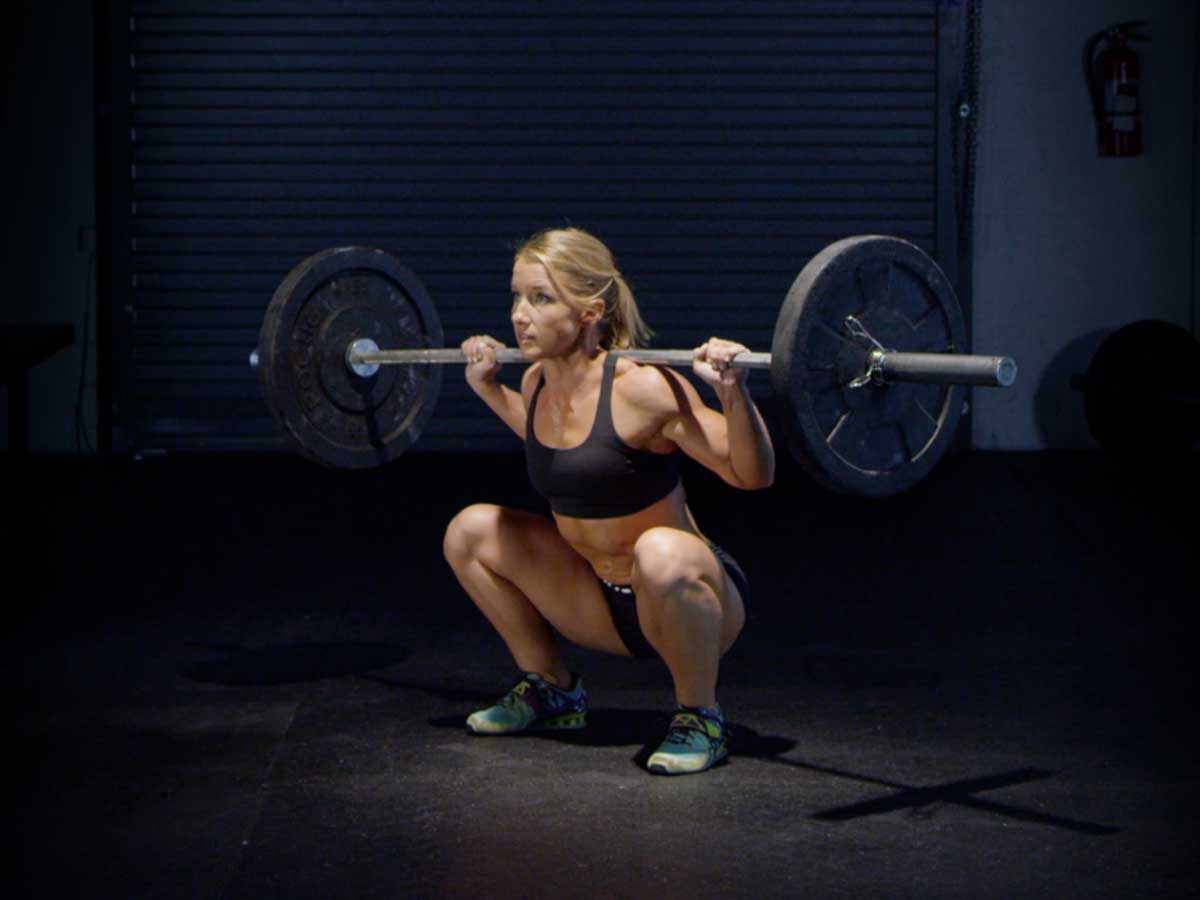
Similarly to the front squat, you start with your feet shoulder width apart; but the back squat is, literally, designed to place tension on the muscles that at the back of the lower limbs—hamstrings & glutes–and on the back itself. You might need to use a rod or pole, of any kind, to aid in getting the technique right; a lot of people will use a barbell to intensify the exercise but for a beginner this is not advised, at least until you’ve mastered the basic technique.
Hold the rod across the back of your neck, balanced on your shoulders; then squat in the same motion as before but this time your elbows won’t be able to touch your knees so stop when your butt is either parallel or just below your knees. You should feel your hamstrings and butt muscles working a bit harder than when you do a front squat.
-
Isometric Back Squat
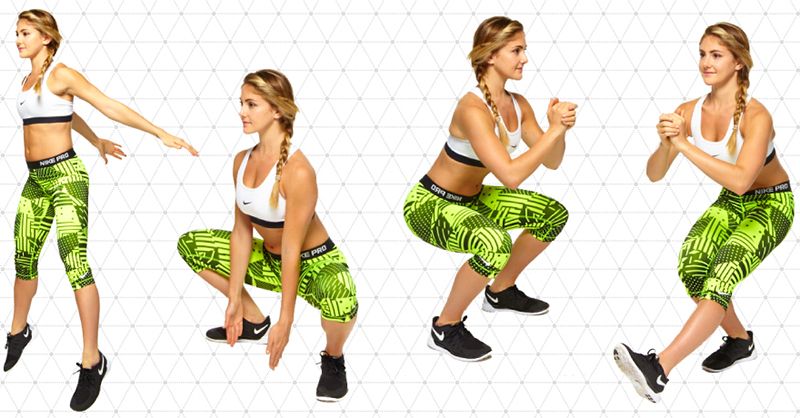
Isometric squats are squats that do not have the dynamic element of the traditional squat movement. In isometric squats, you squat and stay in the hole position (the bottom point of a squat when your butt is fully declined) for a longer period, with a longer rest period as well.
Isometric squats are good for improving the strength of individual muscles in the lower body but there is a disadvantage to this: isometric squats place tension exclusively on the particular muscle that is being targeted, unlike other squat techniques that activate multiple muscle groups. The isometric back squat is great for specifically working your hamstrings and the gluteus maximus—the body’s single largest muscle.
-
Isometric Front Squat
Like the isometric back squat, the benefits of the isometric front squat will be limited to increasing strength in the quadriceps. The technique is similar: maintain the “hole” position for an extended period of time.
-
Isometric Wall Squat
The isometric wall squat is significantly easier than both the isometric front and back squats and is recommended for beginners and women trying to lose weight or get into shape. The reason is simple: with wall squats, like the name implies, you lean your back against a wall while you squat. Unlike the other squat techniques we have described so far, your butt should be parallel with your knees, not lower. While the average beginner may struggle to hold an isometric front or back squat for more than 20-30 seconds, you might find it relatively easy to hold an isometric wall squat for up to 90 seconds.
-
Wide Stance
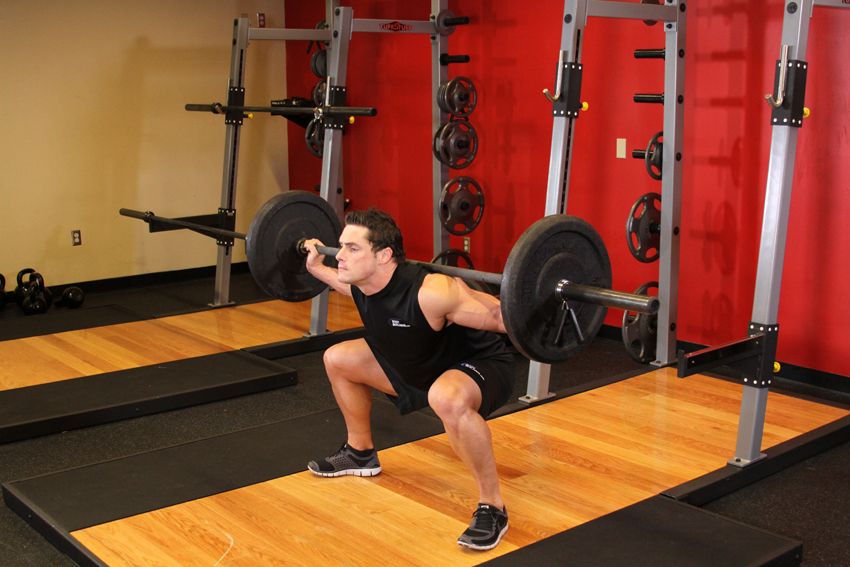
The wide stance is a technique that may be applied to almost any squat, to allow it to target the adductor muscles which run along the inside of the thighs. Adductors are an inside muscle, the type of muscles actually responsible for generating power; so to improve your real leg strength, strengthening the adductors is a good idea.
To do this, place your feet at a much wider distance when you go down on a squat.
-
Plyometric Squat
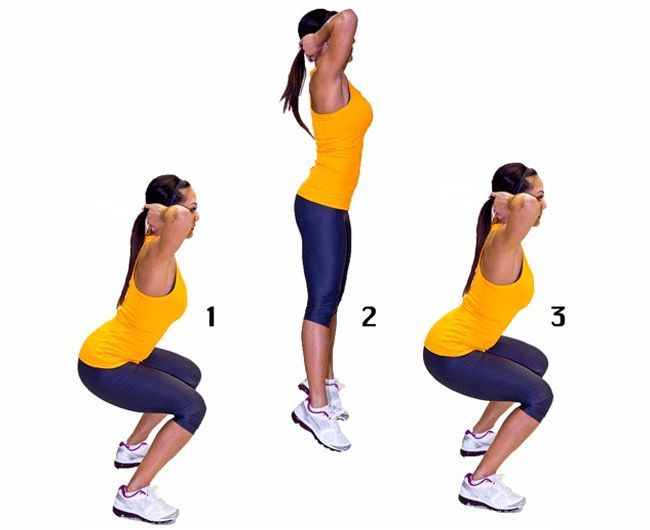
The term, plyometric, is reserved for exercises which involve some significant jumping or leaping motion, which explains why they are also known as jump training. To perform plyometric squats, do a regular front or back squat but when coming up from the “hole” position, jump off the ground. The extra effort of jumping off the ground activates more muscles including the calves and develops the fast twitch muscle fibers which generate explosive power. Jump squats will also help build endurance.
Plyometric squats are a good idea for a challenging exercise to graduate to once you’ve mastered the easier squat techniques listed here.
-
Squats With Toe Raise
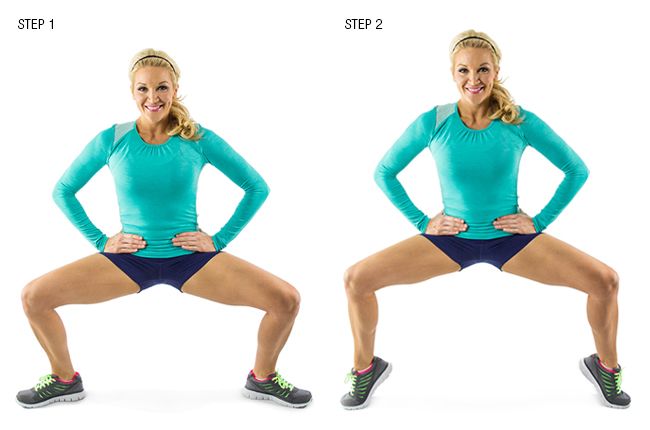
An alternative squat technique that will also place some emphasis on your calves, is squats with toe raises. What you do is: squat using either the front or back squat and then, when you return to starting position, stand on your toes. Do this in one smooth motion.
Squats with the toe raise variation are a very clever way to work all the major muscles in the lower body.
Conclusion
For fitter and stronger leg muscles, and stronger knees, you should probably find a way to work in a number of these squat techniques into your workout routine. For beginners, you may start by doing 3 sets of 15 front or back squats on alternate days.
Having a personal trainer might help speed up the process of getting fit. If you would like to hire one, we would be glad to connect you with someone you can trust. Please get in touch with us at:
WhatsApp number: +971 56 58 30067 (Just send us code 2747 and we will get back to you ASAP)
Contact Us: Click here to send us your details or fill in the form below.
You can get in touch with us 24/7 and one of our experts will not only give you a free consultation but also help you pick out an appropriate male or female personal trainer to meet your needs. One-on-one personal training lessons are available in Dubai, Abu Dhabi, Sharjah, Ajman and RAK.
______________________________________________________________